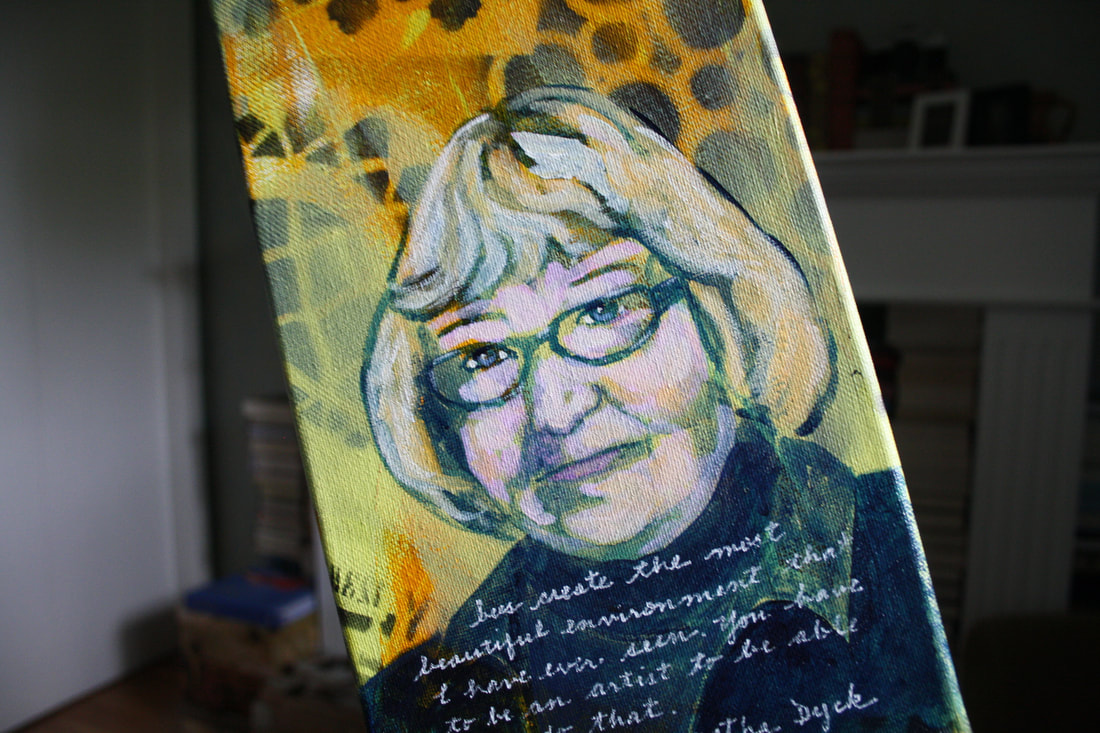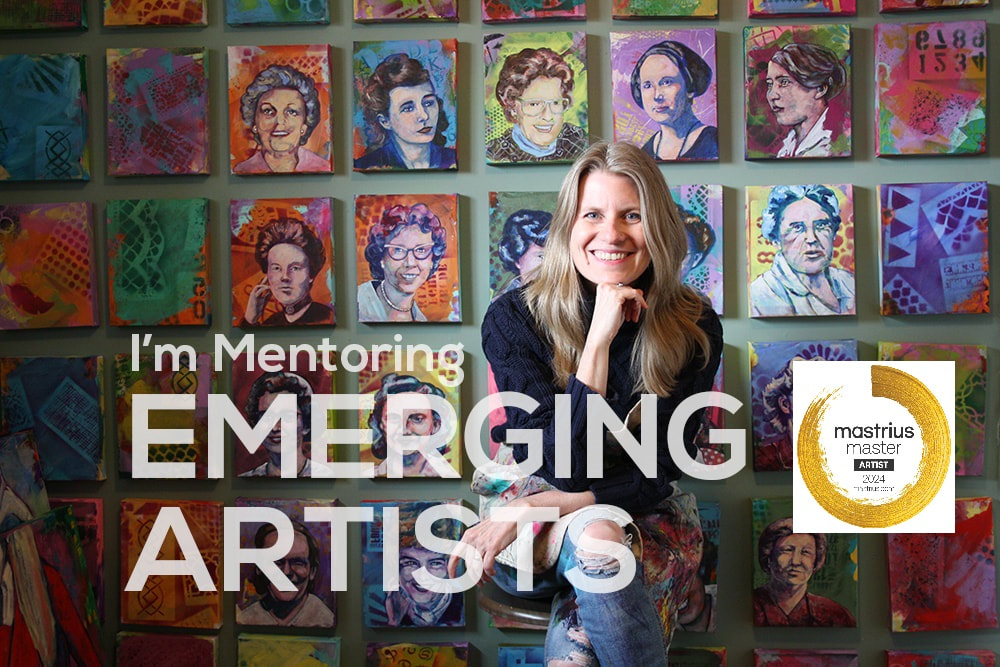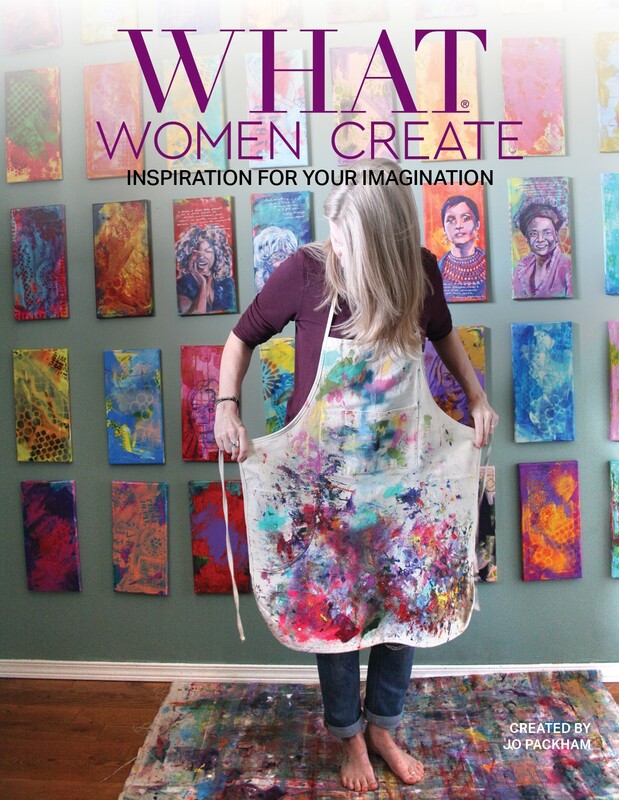...[bees] create the most beautiful environment that [I have] ever seen. You have to be an artist to be able to do that. Honey bees have helped our ecosystems grow and proliferate into what our world is today. According to the United Nations Environment Program, over three-quarters of the world’s crops are dependent on these pollinators. The effects of pesticides and habitat loss have resulted in a rapid decline in the bee population. With the collaboration of thousands of honey bees, Canadian sculptor, Aganetha Dyck is able to showcase the natural works of these beautiful creatures in her numerous sculptures.
Born in 1937 in Winnipeg, Manitoba, to a Mennonite family, Dyck was heavily influenced by the critical literature that was surrounded by the rural lifestyle. While studying at Prince Albert Community College in Prince Albert, Saskatchewan, she gained various skills such as pottery, art history, Salish weaving and batik. To further her studies, she later went on to study at the University of Winnipeg for art history. However, she did not get into the art field until later on in life due to the responsibilities she held in her family. Dyck’s work in her early days followed the central theme of transforming domestic activities into fine art using everyday materials that could be found at home. However, it was not until 1989 where she began her journey of creating her infamous pieces with honey bees. These pieces were created by renting out beehives, placing objects into the beehives and allowing honey bees to form a honeycomb around the objects - something which can take many years to produce. She also had the help of entomologists and beekeepers when making these sculptures. Through her appreciation of the natural art of honeycombs produced by these insects, she expresses in an interview with CBC that “[bees] create the most beautiful environment that [I have] ever seen. You have to be an artist to be able to do that”. The more she got to work with the captivating honeybee community, the more she realized how important they are to the world. With over 95% of the wild honeybees beginning to disappear, she worries about the important relationship these creatures have with us, humans. With her work passionately driven to bring awareness to these beautiful insects, it contributes to the United Nations Sustainable Development Goal on Life on Land. Due to unforeseen circumstances in 2009, Dyck developed a severe reaction to a bee sting that left her no choice but to have less contact with these creatures. She continues to advocate for bees and encourages everyone to do the same. Ever since the late seventies, her work has been showcased throughout countless solo and group exhibitions around the world. ~ Tiffany Chan, ArtsHelp Comments are closed.
|
|




